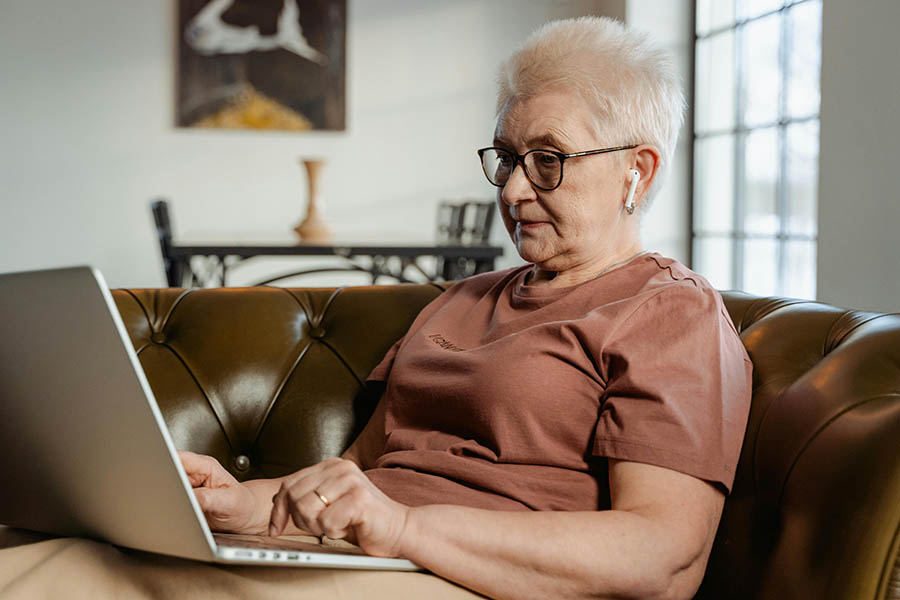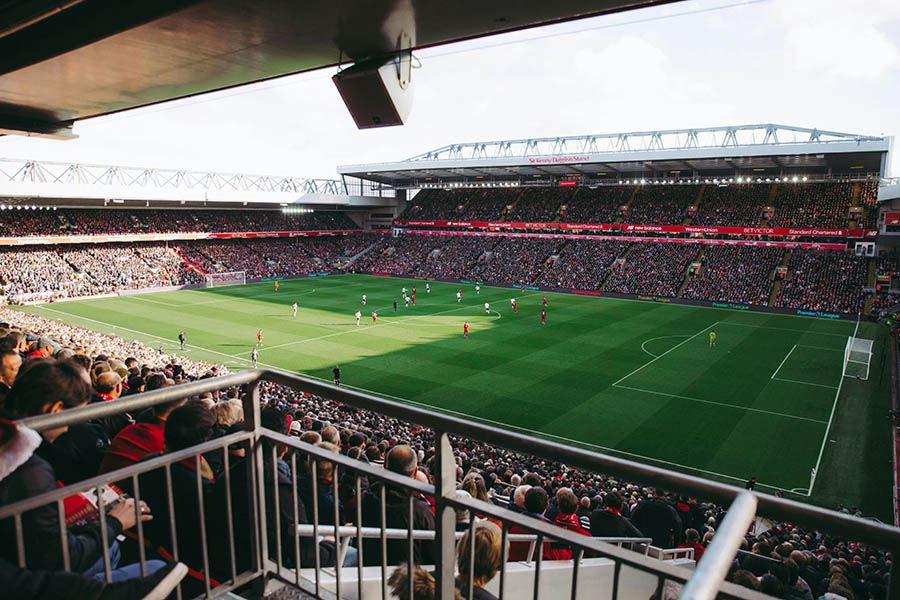Brush up on your hearing protection knowledge in honor of National Protect Your Hearing Month.

When we get a bruise or a scrape, our skin typically heals itself within a week or so. Unlike many injuries, damage to our hearing isn’t always visible, and once it occurs, it’s nearly impossible to undo. But with proper protection and care, we can help our hearing stay healthy for years to come!
Here are some important facts about hearing protection in honor of National Protect Your Hearing Month in October.
- You may need to use hearing protection more often than you think
- Hearing health is important for all ages
- Unprotected ears incur greater damage
Learn more about these hearing protection facts below!
You may need to use hearing protection more often than you think
Nearly every person is exposed to some level of noise as part of their day-to-day life, so it may not always be clear when hearing protection is necessary.
The National Institute for Occupational Safety and Health (NIOSH) recommends that anyone routinely exposed to 85 decibels (dB) over the course of an eight-hour workday should wear ear plugs or some form of hearing protection. Eighty-five dB is roughly the sound of a hair dryer, kitchen blender, lawn mower, or subway train.
Even if you’re only exposed to these sounds for a few moments each day, damage can add up over time. It’s a good idea to be ready for anything and keep a pair of ear plugs or other protection in your car, work bag, purse, or anywhere else you might encounter louder sounds for a prolonged period of time.
Hearing health is important for all ages
While older people are generally more frequently affected by hearing loss, younger adults can still greatly benefit from taking an active role in protecting their hearing health sooner rather than later. A recent study suggests that one in five teenagers exhibit some degree of hearing loss, a 30% increase from the 1990s.
No matter your age, understanding how loud sounds can damage our hearing is essential. Anyone can help preserve their hearing health by turning down the volume of music in their car or when using headphones, bringing hearing protection to loud events like fireworks or concerts, and following other tips to care for their ears.
Unprotected ears can incur greater damage
It might seem obvious, but in loud environments, unprotected ears can sustain significantly more damage than protected ears.
Wearing ear protection reduces the noise the wearer is exposed to by an average of 30 dB, meaning if the actual noise is 85 dB, then hearing protection reduces it to 55 dB — which is well within a safe range for prolonged exposure. When in doubt, reach for your pair of ear plugs!
For more facts about hearing protection and tips on improving your hearing health, keep reading the CapTel blog!


